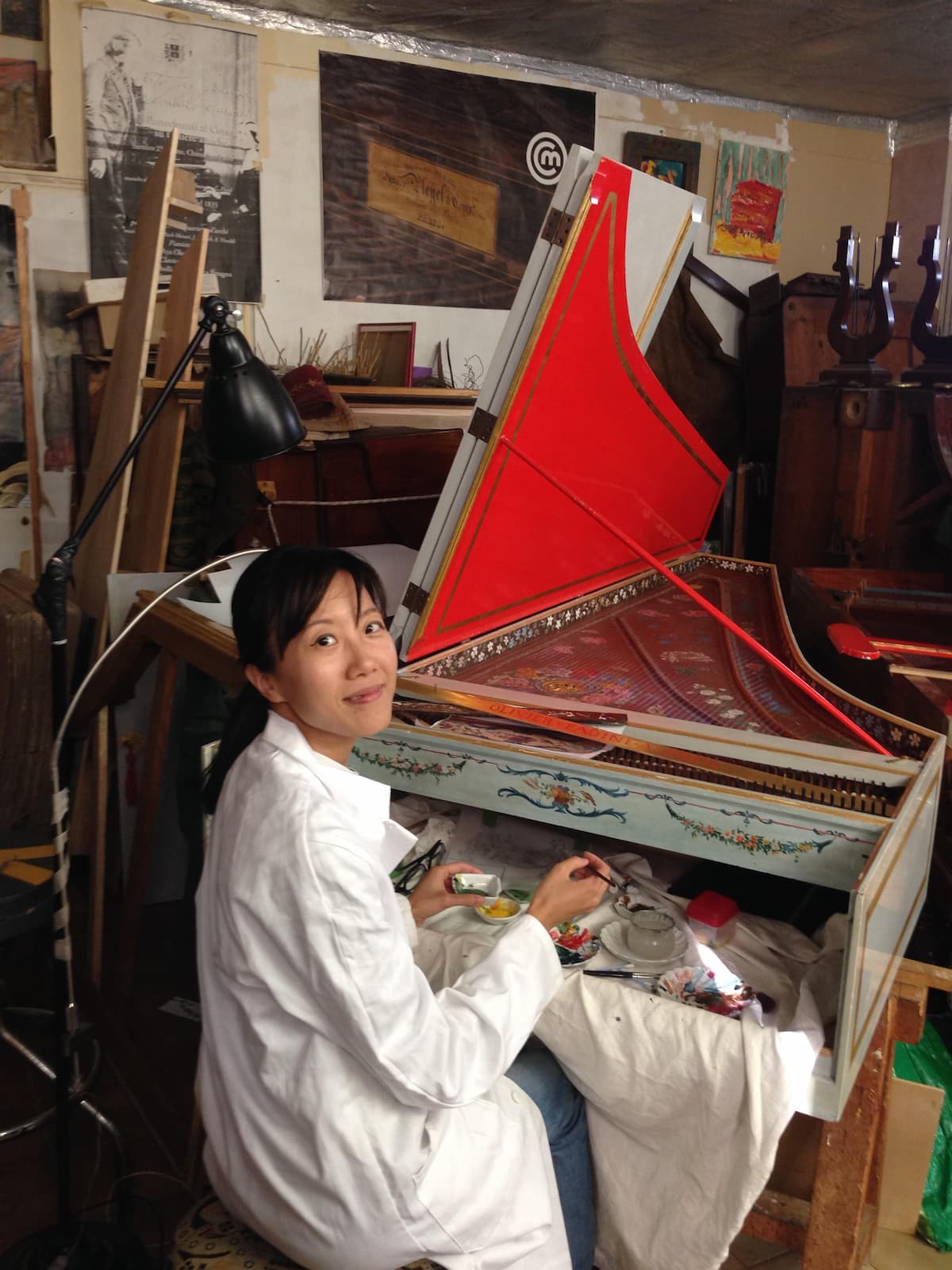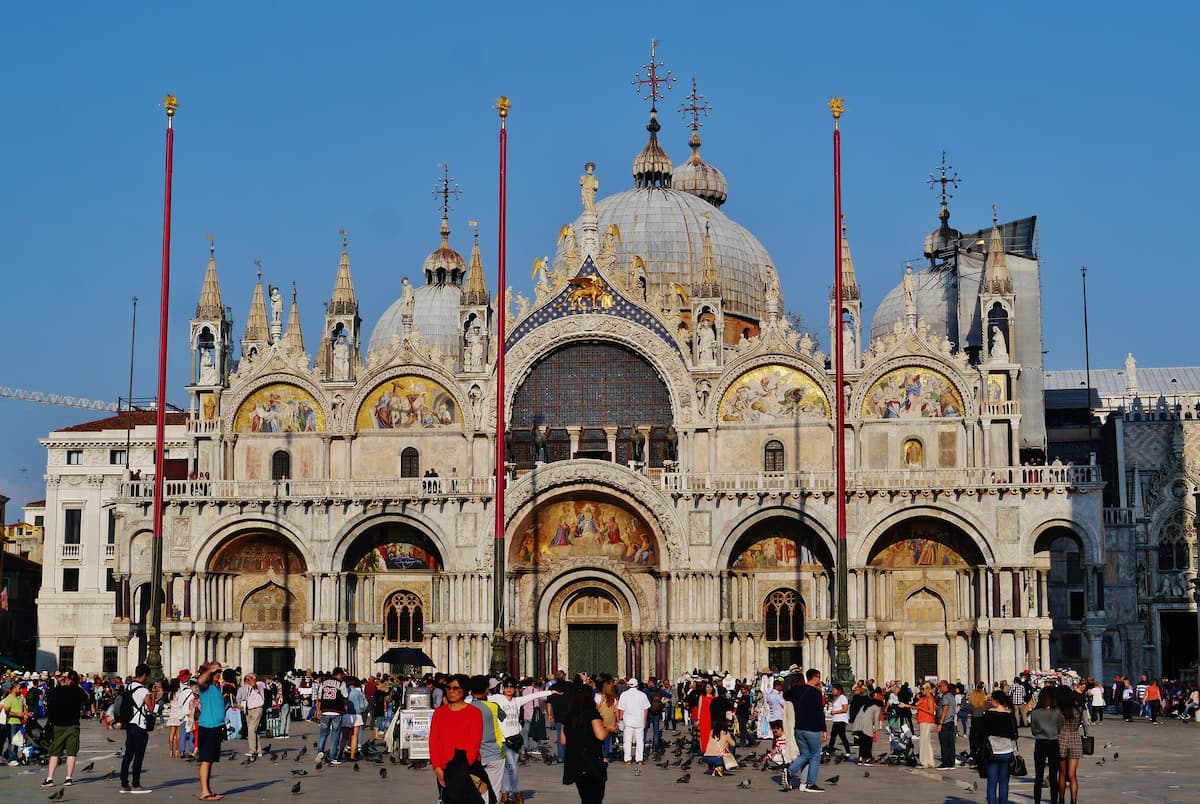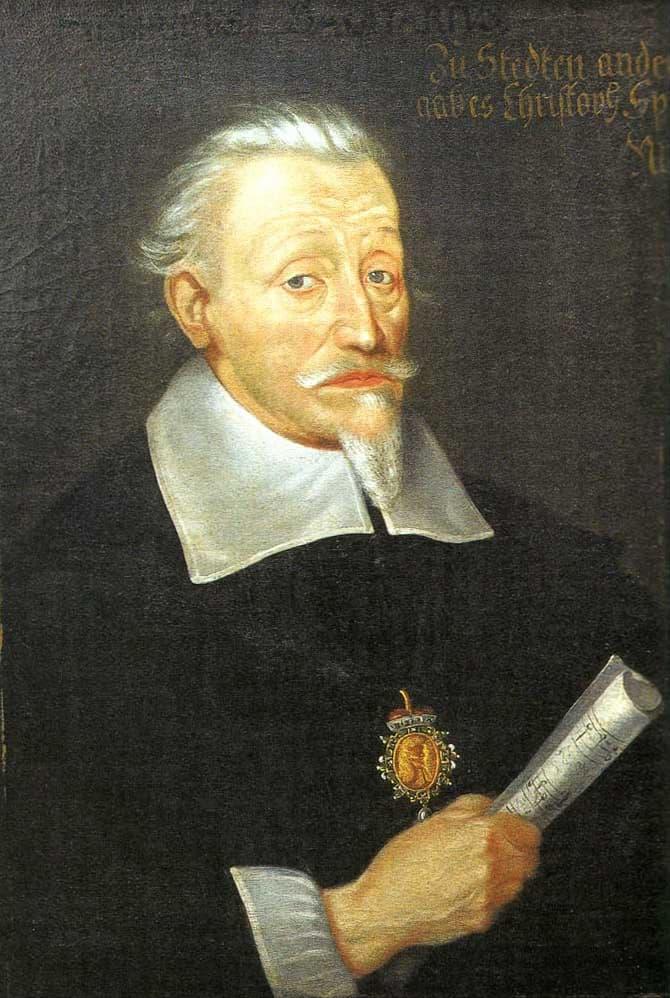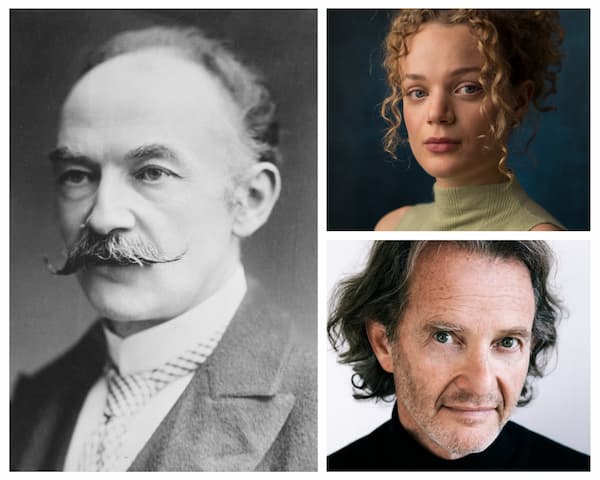Concerto da Camera
The 3rd Hong Kong Early Music Festival 2023

Concerto da Camera
The highly innovative chamber and arts initiative “Concerto da Camera,” founded by Karen Yeung and Lily Ma in 2004, takes Hong Kong audiences once more on an exciting musical journey. The 3rd Hong Kong Early Music Festival 2023, organised under the banner “Innovation Through Tradition,” presents two concerts on 14 and 18 October 2023, with both events held in one of the oldest churches in Hong Kong, St Andrew’s Church Kowloon.
Inviting local audiences to cultivate and sustain interest in historically informed performances in Hong Kong, Yeung has designed two programmes that trace musical developments from the late Renaissance to the early Baroque. The opening concert takes us on a tour of the music traditions of the city of Venice and the musical splendour of St. Mark’s Basilica, while the second concert highlights the musical and stylistic innovations of J.S. Bach and his contemporaries. The 3rd Hong Kong Early Music Festival 2023 will also feature the world premiere performance of “Carousel of Illusions,” by Hong Kong composer Yau May Kay, a work commissioned by Concerto da Camera and inspired by Johann Sebastian Bach.
3rd Hong Kong Early Music Festival 2023 (Trailer 1)
Workshops and Outreach

Harpsichord painting workshop with Gloria Wong
According to Karen Yeung, “the historically informed performance movement in Hong Kong is still in its infancy.” Resources, including the number of performers, experts, instruments, and public funding, thanks to “Concerto da Camera,” are gradually building up. For Yeung, it is a gradual and deliberate process, as the movement keeps growing step by step.
The 3rd Hong Kong Early Music Festival 2023 is not merely presenting a couple of concerts, but actively connects with music lovers, students, and the public at large. The Festival features three dedicated and hands-on workshops, ranging from an introduction to harpsichord painting history and techniques to a demonstration of ornamentation and improvisation in the 16th and 17th centuries on natural trumpet, and to a “Baroque Jam” with historical oboist Agnieszka Mazur.
3rd Hong Kong Early Music Festival 2023 (Trailer 2)
Two outreach education lecture demonstrations for students of the Hong Kong Academy For Performing Arts and The Education University of Hong Kong, alongside associated projects that invite arts and music organisations to link up with the festival calendar, complement the Festivals’ rich and varied offerings.
3rd Hong Kong Early Music Festival 2023 (Trailer 3)
Concert Programmes
The Doge

Concert programme
An elected chief magistrate, called the Doge, ruled the city-state of Venice for over a thousand years. Elected for life, the Doge was considered the military, civic, and ecclesiastical leader of his community. He not only oversaw the daily activities of his city and dealt with foreign affairs, but also presided over an extraordinary number of ceremonial events.
Once a year, he celebrated the symbolic marriage of Venice to the Adriatic Sea, and throughout the official church calendar, led religious processions centred on St. Mark’s Cathedral. Designed to showcase Venice’s financial and cultural riches, these ceremonies also featured elaborate musical accompaniments.
Giovanni Legrenzi: Sonata “La cetra,” Op. 10
Basilica of St Mark

St. Mark’s Basilica, Venice
St Mark’s Basilica, with its marble floor ornamented by animal designs and geometric patterns, opulent Byzantine mosaics decorated with gold, bronze, and the greatest variety of semi-precious stones, was the most powerful symbol of extended Venetian power and wealth. The origins of the building date back to the 9th century, and the interior floor plan is based on the shape of a Greek cross. Each arm carries its own dome and a larger central dome arches over the crossing.
St. Mark’s Basilica also stimulated the development of a distinct musical style. The church possessed two organs in choir lofts opposite each other. This encouraged the use of divided choirs, stationed in multiple choir lofts throughout the church. Taking advantage of this spatial architectural arrangement, composers wrote music in the so-called Venetian polychoral style. Essentially homophonic and relying on a broad rhythmic organization, it became the hallmark of music at St. Mark’s.
Giovanni Gabrieli: Jubilate Deo (Recorded at St Mark’s Basilica)
Giovanni Gabrieli

Giovanni Gabrieli
Ever since the 13th century, the position of choirmaster at St. Mark’s had been the most coveted musical post in all of Italy. Composers experimented with placing various vocal ensembles in different choir lofts and passed this technique and knowledge to subsequent generations. The most impressive musical accompaniments come from the pen of the greatest composer of ceremonial music, Giovanni Gabrieli (1557-1612), who massively expanded the performance forces.
A contemporary traveller reports, “Sometimes there sung sixteen or twenty men in three, four or five choirs, having their master to keep them in order. And when they sang, the instruments played also. Sometimes sixteen played together upon their instrument, ten Sackbuts, four Cornets, and two Viola de gambas.” The Venetian polychoral style greatly influenced the European musical landscape in the late sixteenth and early seventeenth centuries, spreading through northern Italy, Germany, Austria, Poland, and Scandinavia.
Giovani Gabrieli: Canzon Prima “La Spiritata”
Heinrich Schütz

Heinrich Schütz
Heinrich Schütz (1585-1672) studied law in Germany before residing in Venice between 1609 to 1612 to study with Giovanni Gabrieli. Soon after his arrival, Schütz writes, “I perceived the gravity and difficulty of the study of composition that I had undertaken,” and teacher and student developed a closer personal relationship. On his deathbed, Gabrieli left one of his rings to Schütz, and Schütz never acknowledged anyone else as his teacher.
Gabrieli gave Schütz rigorous musical training, and his first efforts won high praise from his teacher and “the most prominent musicians in Venice of the time.” During his time in Venice and beyond, Schütz composed several double-choir motets and a sizable number of other polychoral and concerted works encompassing declamatory choral recitatives and dissonances that clearly belong to the theatrical style.
Heinrich Schütz: Symphoniae Sacrae, Op. 6, “O qum tu pulchra es, SWV 265” (Les Cris de Paris Ensemble; Geoffroy Jourdain, cond.)
Back to Germany
Schütz was fundamentally important in bringing the new Italian operatic style to Germany. Particularly so, because J. S. Bach never ventured beyond North-German borders. Content to live and work in his native community, Bach enjoyed a self-imposed isolation. He patiently waited until a particular repertory or musical style, originating in different European regions, became available at his place of work. Without his decisive influence, the music of J. S. Bach would sound definitively different.
The historical achievement of Heinrich Schütz lies in the fact that he moved German music from its peripheral position to one of central importance. He was considered the very best German composer of the mid-17th century, and his popularity at the Dresden court paved the way for more fashionable Italian works composed and performed by the numerous Italian musicians employed or visiting there.
Antonio Vivaldi: Concerto in G minor, RV 103
Bach and Beyond
The importance of Bach’s confrontation with the music of Schütz and Vivaldi music should not be underestimated. In fact, scholars have suggested that it presented the strongest single development towards his personal musical style. His musical language acquired its enduring quality and unmistakable identity through the careful blending of Italian mannerisms with complex counterpoint. Bach’s first biographer even claimed that music from Italy and Vivaldi taught Bach to think musically.
Behind every great composer there are many others who have been practically forgotten. And just as Bach took his musical inspiration from Italian models from the first decades of the eighteenth century, a multitude of contemporary and subsequent composers have taken their musical bearings from Bach. The sheer quantity and quality of music produced in the German states at the time of Bach is indeed staggering. And Bach’s influence, as we will hear in the world premiere performance of “Carousel of Illusions,” by Hong Kong composer Yau May Kay, continues to stimulate and inspire.
For more of the best in classical music, sign up for our E-Newsletter


